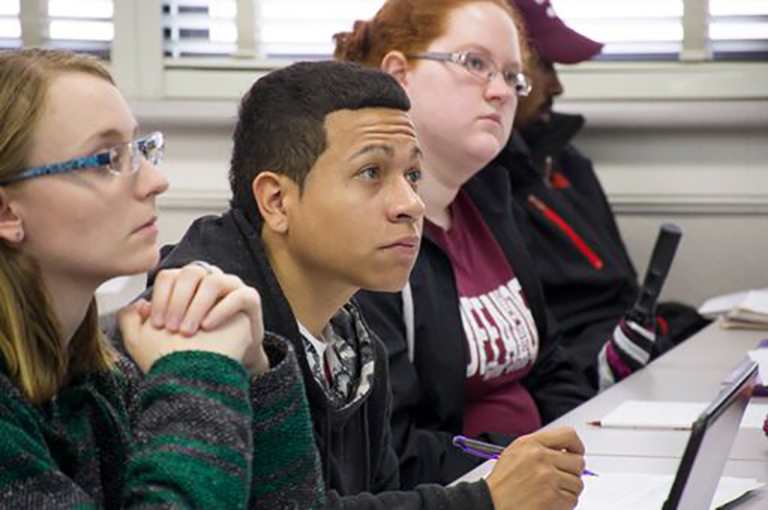
The Search for a Student-Centered University
As students and families begin the annual search for universities next fall, I offer suggestions about what they might look for. Is the university accredited? What is its reputation? What programs and courses are offered? What is the cost, and…



